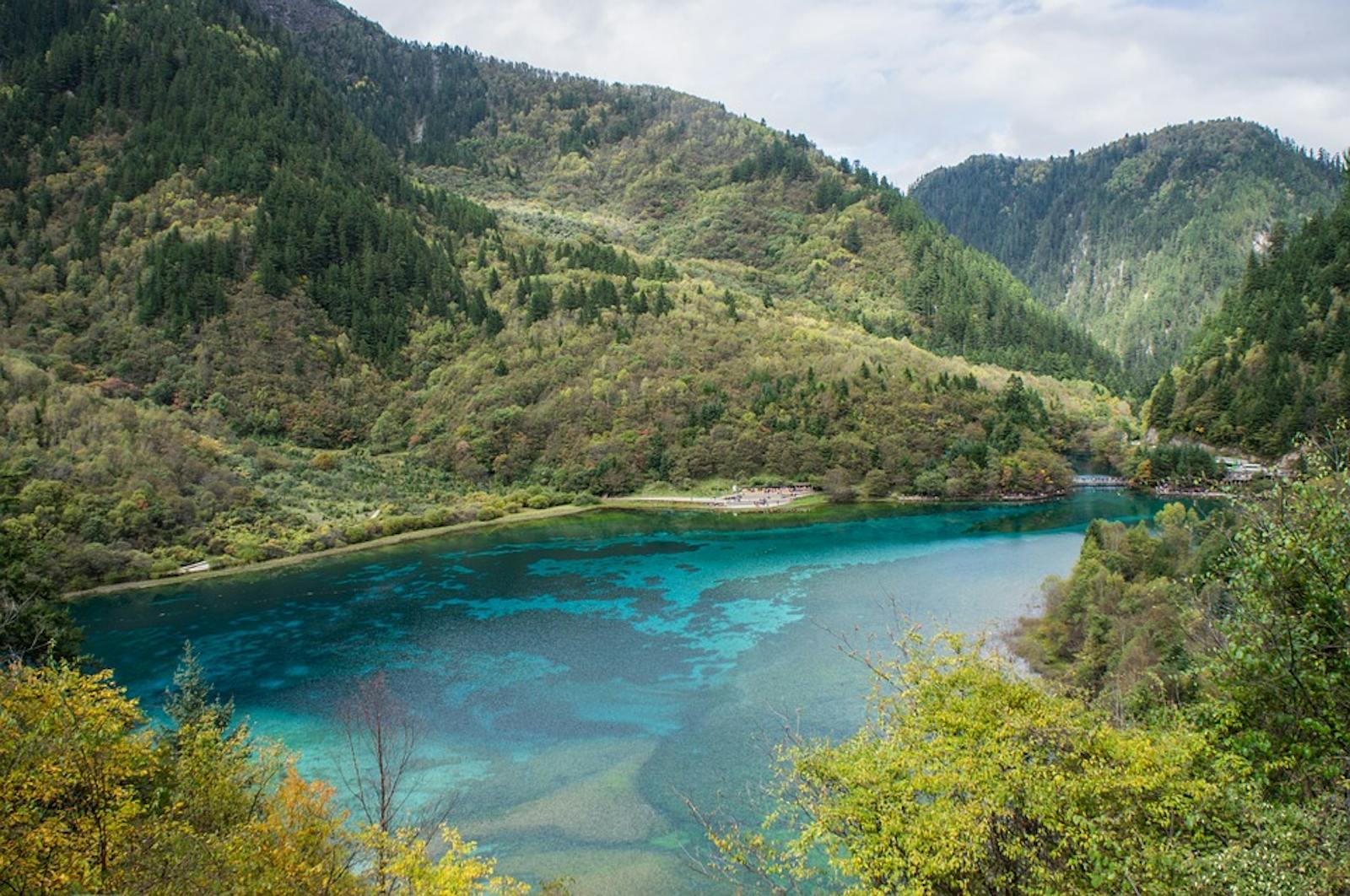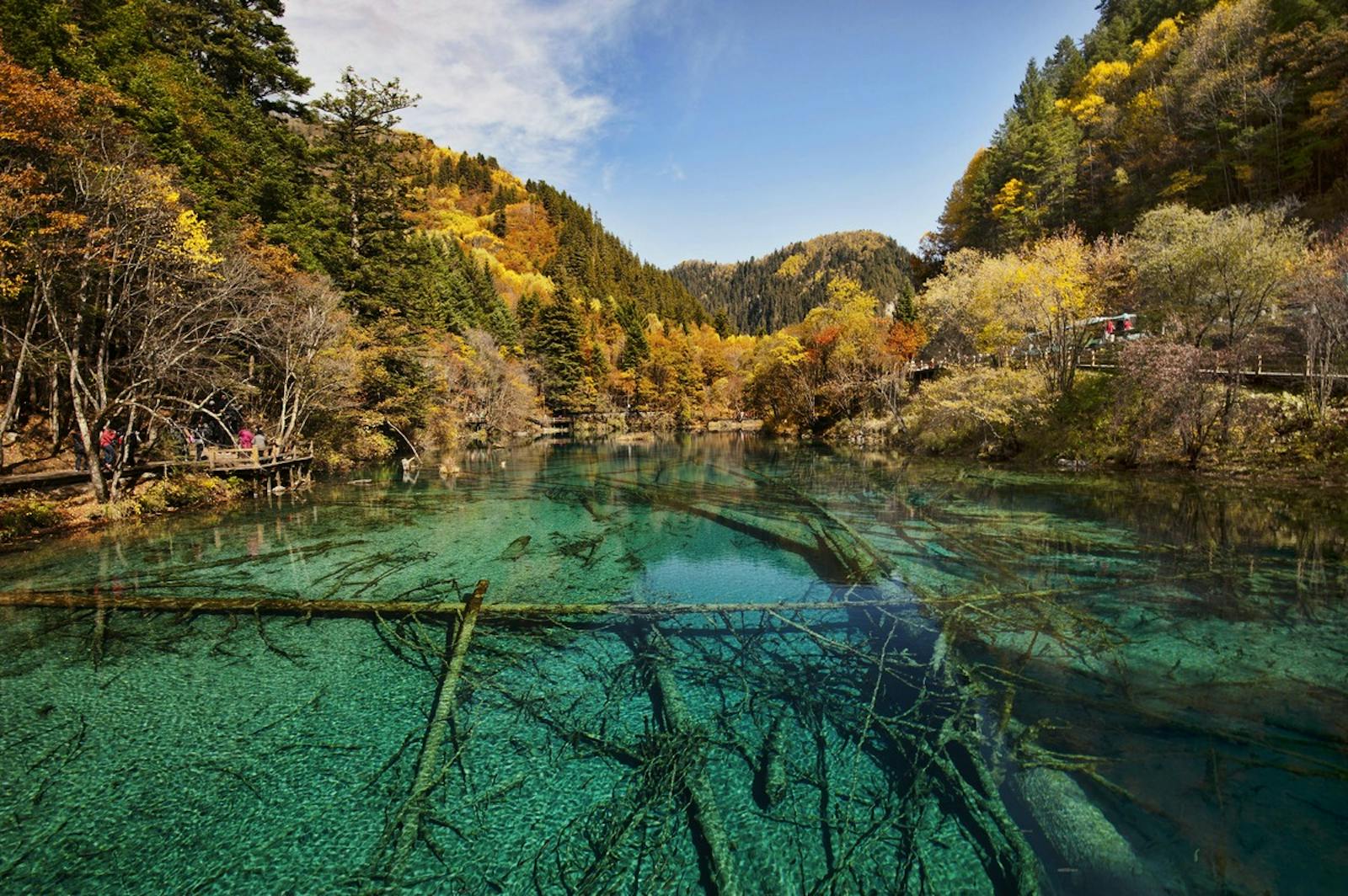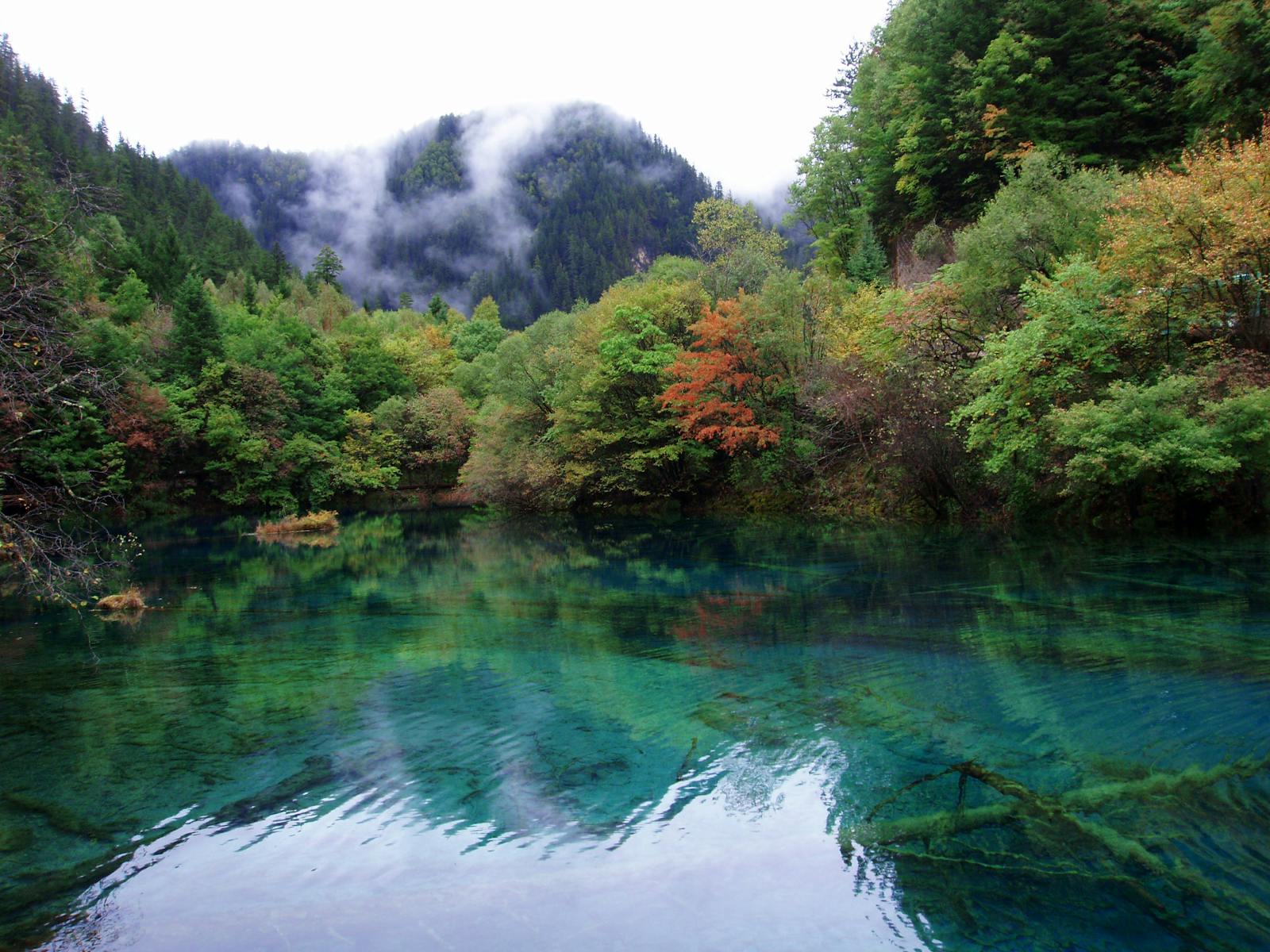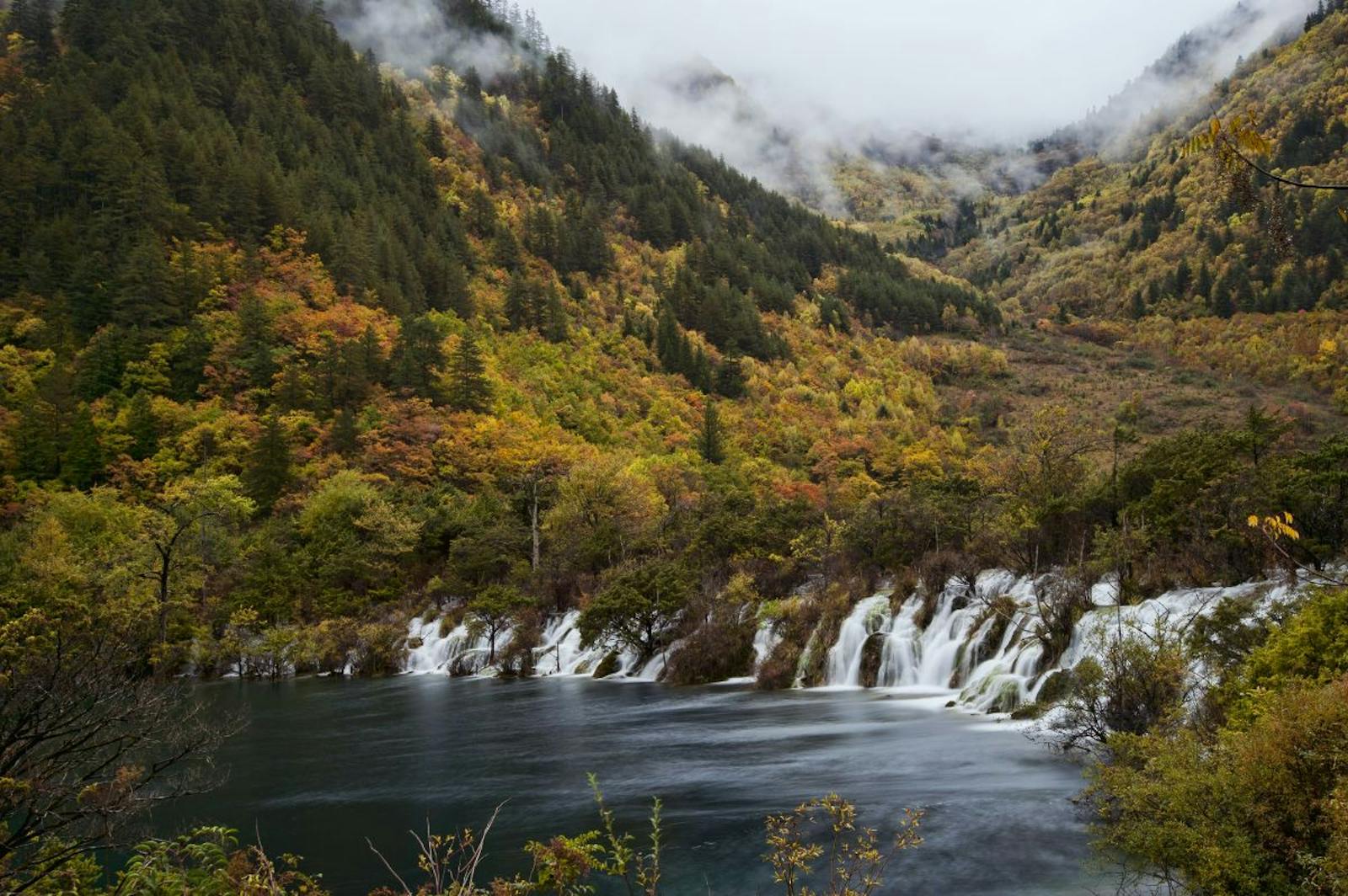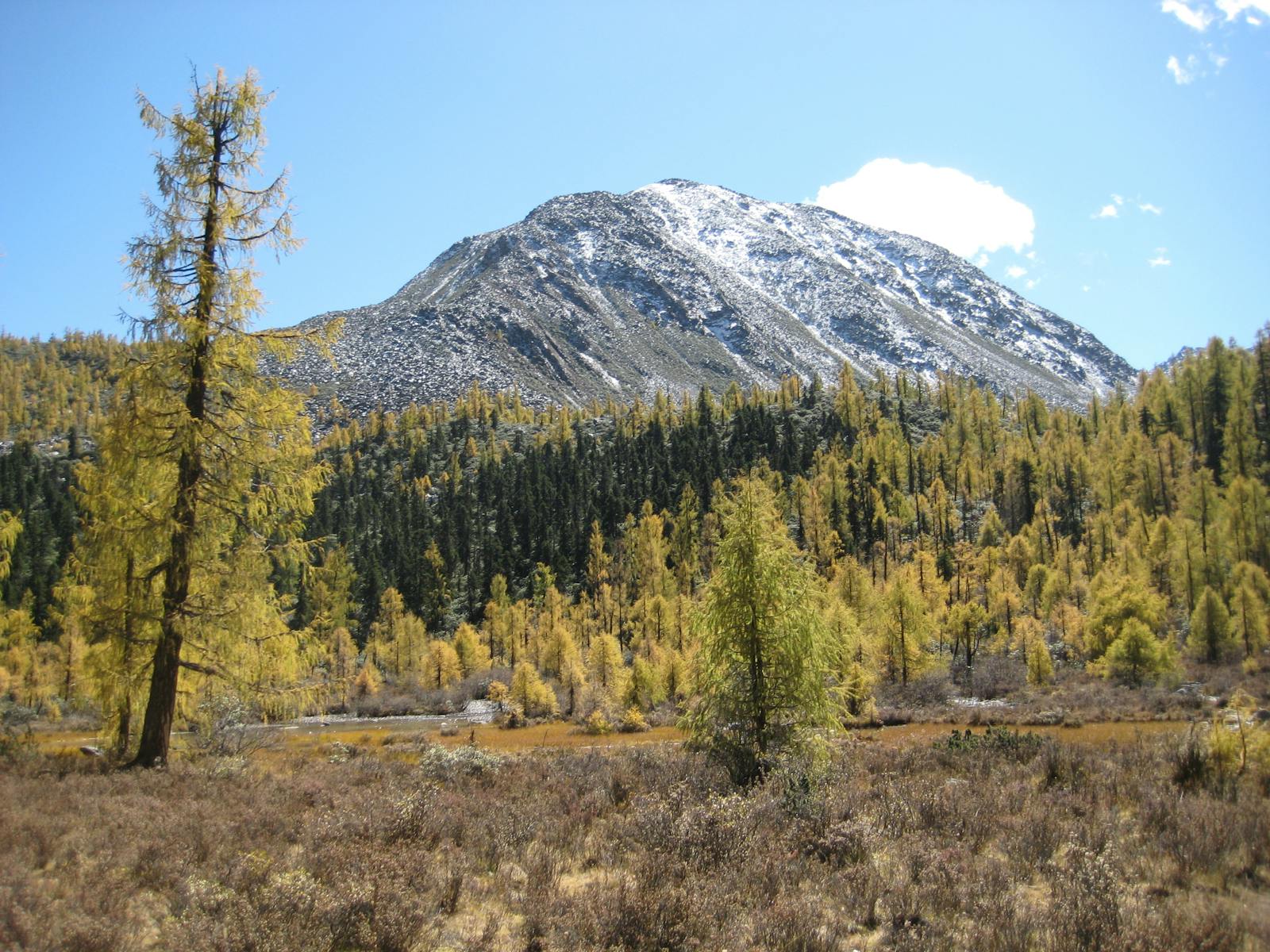Qionglai-Minshan Conifer Forests
The ecoregion’s land area is provided in units of 1,000 hectares. The conservation target is the Global Safety Net (GSN1) area for the given ecoregion. The protection level indicates the percentage of the GSN goal that is currently protected on a scale of 0-10. N/A means data is not available at this time.
Bioregion: Hengduan Mountain Conifer Forests (PA53)
Realm: Eastern Eurasia
Ecoregion Size (1000 ha):
8,039
Ecoregion ID:
706
Conservation Target:
29%
Protection Level:
9
States: China
As tectonic forces push Eastern Tibet against the rigid continental crust of the Sichuan Basin, steep mountain escarpments have cropped up to form the Qionglai-Minshan mountain system, with peaks that exceed 7,500 m. Glaciers accumulate at the highest elevations and feed rivers that channel through precipitous gorges.
On these slopes, at elevations of 2,500–4,000 m, a monsoon temperate climate supports dense conifer forest. The emergent, needle-bearing trees rise through a lower canopy of broadleaf species and a dense understory of bamboo, providing some of the last habitat for the giant panda, the monochromatic, herbivorous bear that has become a global conservation icon.

The flagship species of the Qionglai-Minshan Conifer Forests ecoregion is the giant panda.
Plant species that compose forests of this ecoregion change with elevation. Upslope, pine is replaced by spruce, which then gives way above 3,000 m elevation to stands of fir or larch. Species within these genera vary from north to south, but the ecological trends are robust: less-disturbed forests at the upper elevations support spruce and fir with a dense understory, larch colonizes disturbed slopes, hemlock is locally abundant below 3,000 m, and juniper trees flourish on well-drained carbonate soils at high elevation.
Deciduous broadleaf trees are important in this ecoregion and may exceed the conifers in mass: important taxa include maple, birch, rhododendron, and mountain ash. Frequent in the understory are the tall, robust grasses characterized as bamboo.
This ecoregion provides critical habitat for the nominate subspecies of giant panda, whose prehistoric range extended through much of southern China, and beyond. This bear species has evolved to subsist almost entirely on bamboo, a predictable but low-quality food resource that has selected for strong jaws and a sluggish disposition. More than 40 bamboo species are consumed by giant panda in the wild—one bear will ingest 10–20 kg or more every day.
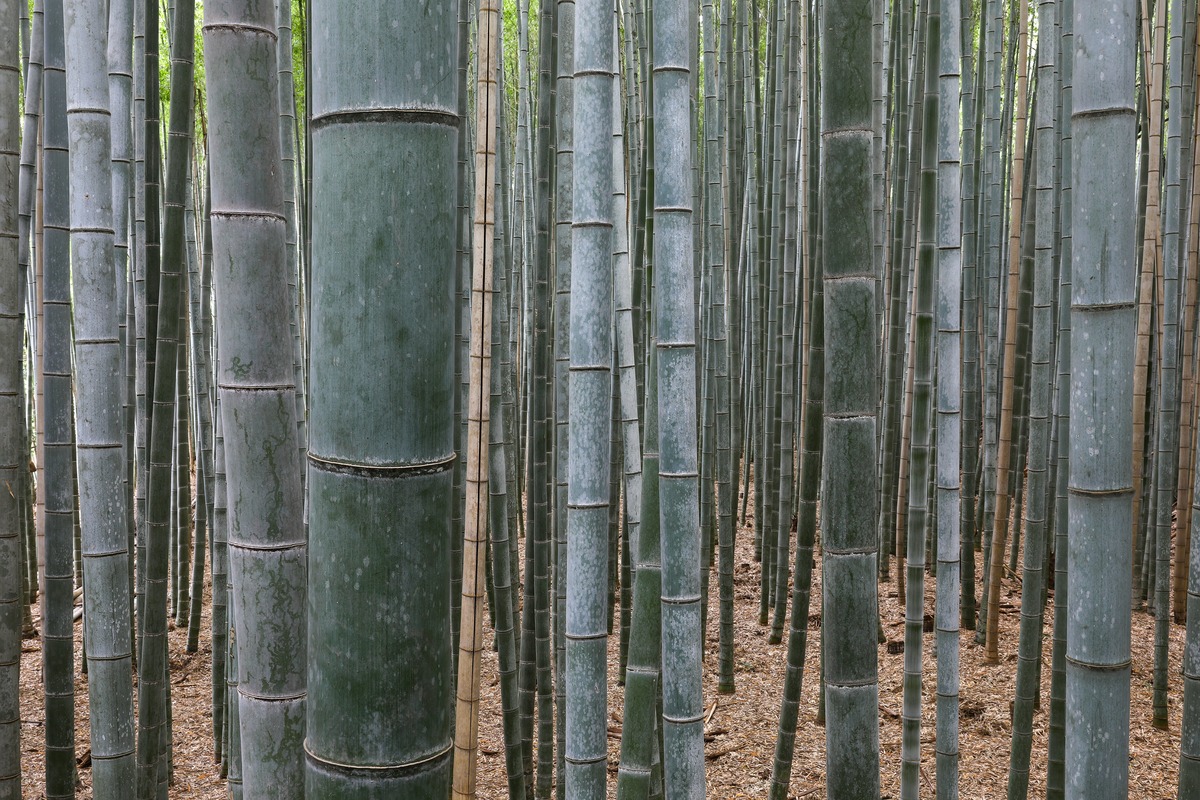
Bamboo. Image credit: Creative Commons
It is fortuitous that the charismatic giant panda is present to enhance the conservation profile of the Qionglai-Minshan conifer forests, because this ecoregion is outstandingly diverse overall. Under the umbrella of panda conservation, China’s government has made a great effort in recent years to conserve the Qionglai-Minshan forest habitat, through afforestation, public education, and habitat protection. For example, conservation efforts at the national level doubled panda habitat between 1990 and 2010.
Such efforts, on behalf of the panda, but beneficial to the ecosystem, seem to have pulled the giant panda back from the brink of extinction. Surveys in 2014 recorded more than 1,800 wild panda, 17% more than the previous decade, with some evidence of range expansion. The ‘umbrella rationale’ argues that panda conservation in situ yields ecosystem service benefits ten times the cost of maintaining current reserves. In 2016, IUCN changed giant panda’s conservation status from ‘endangered’ to ‘vulnerable’.
Another flagship mammal of this ecoregion is the Moupin golden snub-nosed monkey. Practically the entire global population of 10,000 individuals is believed to occur here. Red panda, Sichuan takin, musk deer, clouded leopard, and several other rare, charismatic mammals also occur.
A landscape so steep as the Qionglai-Minshan is only sustained through geological time by frequent seismic activity. In May 2008, the entire ecoregion—together with its wildlife habitat, human population, and infrastructure—was devastated by an earthquake of magnitude 8.0, centered in the lower reaches of the Min River.
Steep, wet, and rife with mountain hazards, this ecoregion is not well suited to human subsistence activities. Commercial logging was rampant during the 20th Century, but since the 1998 logging ban, reforestation and conversion of sloping agriculture to orchard, bamboo plantation, or managed forest have been a priority under the ‘Grain to Green’ program. Domestic tourism has boomed here during the past two decades: the Minshan triangle of protected areas—Jiuzhaigou, Huanglong, Wanglang—is a prime destination for Chinese tourists, and there are many other popular sites as well.
Priority conservation actions for the next decade are to manage wildlife habitat for conservation and local sustainable development; monitor effects of climate change on the distribution and flowering cycle of bamboo; maintain habitat connectivity sufficient for local migration of panda and other wildlife species; and mandate that tourism development maximize public education with the lightest environmental footprint.
Citations
Carpenter, C. 2000. Eastern Asia: Southern China. https://www.worldwildlife.org/ecoregions/pa0518#. Accessed November 2018.
Swaisgood, R., Wang, D., Wei, F. 2016. Ailuropoda melanoleuca. The IUCN Red List of Threatened Species 2016: e.T712A121745669. Downloaded on 27 December 2018.
Wei, F., Costanza, R., Dai, Q., Stoeckl, N., Gu, X., Farber, S., Nie, Y., Kubiszewski, I., Hu, Y., Swaisgood, R., Yang, X. 2018. The Value of Ecosystem Services from Giant Panda Reserves. Current biology 28(13): 2174-80.
